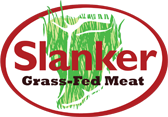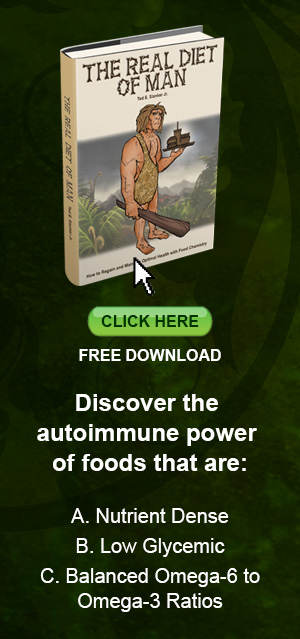Supply Constraints

Every grass-fed meat cut is not always in constant supply like Americans are accustomed to seeing with other products offered by their local markets. According to the Food Marketing Institute the average number of items carried in a supermarket in 2013 was 43,844. Even most of the highly seasonal fruit and vegetable selections are always available. The modern food delivery system is absolutely a modern miracle. Food is being grown all around the world and is rapidly transported everywhere it is needed. In most cases, grocery stores enjoy next day delivery for every product it has in stock. This is unprecedented service that a small Mom-and-Pop grass-fed meat purveyor cannot possibly match -- at least not yet. But we do make every attempt to have as many products available at all times as possible.
Grass-Fed Meats Can Be Seasonal
 Meat is not a seasonal food. For all of time it has been the vegetables, fruit, and nuts that are really seasonal in their supply. Animals were always around which is why meat was the primary food of early man.
Modern production agriculture has seen to it that all types of food are available at all times. Therefore the American food consumer has grown accustomed to having what they want, when they want it. The shipping of perishable foods from one hemisphere to the other has created a picture of abundance, luxury, and power in what are actually very seasonal crops.&nbs; This is a good thing.
Meat is not a seasonal food. For all of time it has been the vegetables, fruit, and nuts that are really seasonal in their supply. Animals were always around which is why meat was the primary food of early man.
Modern production agriculture has seen to it that all types of food are available at all times. Therefore the American food consumer has grown accustomed to having what they want, when they want it. The shipping of perishable foods from one hemisphere to the other has created a picture of abundance, luxury, and power in what are actually very seasonal crops.&nbs; This is a good thing. 



